Roundup: Association Of The United States Army 2020
October 19, 2020
SB-1 Defiant Opens Flight Envelope To 232 Knots
The Sikorsky-Boeing Defiant on Oct. 12 completed a flight test that expanded the rotorcraft’s flight envelope to 211 kt. in straight flight and 232 kt. in a descent, the companies announced. The new speed level by coaxial-compound rotor with a pusher propeller was achieved at about two-thirds prop torque and engine power.

A Scout For A Scout: U.S. Army Plots Future Air-Launched Effects
The U.S. Army’s next scout aircraft could enter service in 2024, six years before the scheduled debut of the Future Attack Reconnaissance Aircraft.
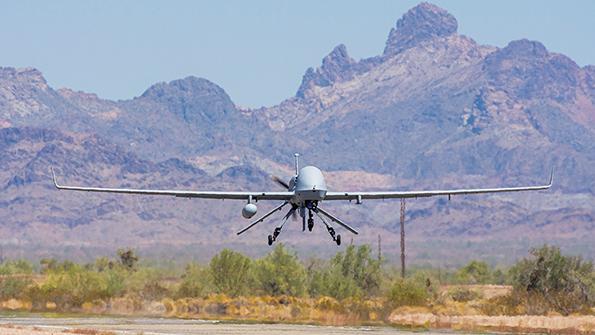
The U.S. Army’s Ambitious Demo Links Weapons On Future Battlefield
The U.S. Army realizes that whoever can harness artificial intelligence to shorten the decision cycle on the battlefield will win in the next war. Since 2017, the service has worked to quickly modernize its aging weapons, pursuing next-generation helicopters and artillery systems with a range of 500 km (300 mi.). Within the last year, service leadership launched Project Convergence, a technology experiment that would link those modernization portfolios, such as Future Vertical Lift or Long-Range Precision Fires.
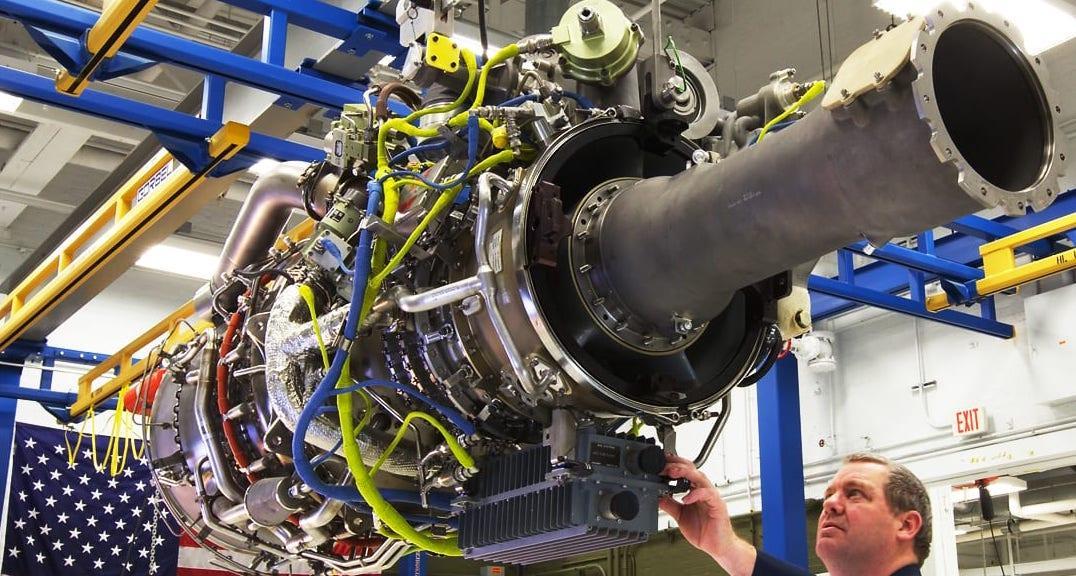
GE Tests New FATE Engine To Offer Army Upgraded T408
As engine selection for one bidding team seeking a Future Vertical Lift contract continues, a new GE Aviation engine for a heavy rotorcraft has now reached 130 hr. of testing and captured 2,200 steady-state data points, the company said Oct. 14.
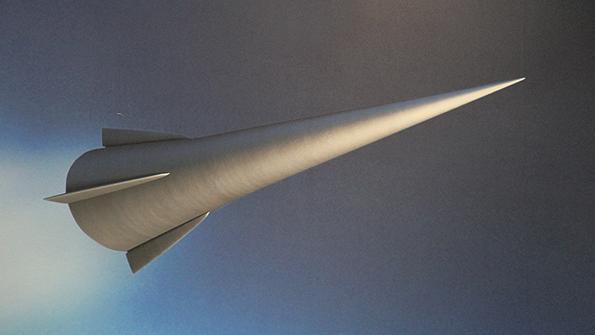
Hypersonic Missile Tests Demonstrate 6-In. Accuracy, U.S. Army Says
Credit: Steve Trimble/AW&ST
Common Hypersonic Glide Body

U.S. Army Starts Work On Transformation Strategy
The U.S. Army is taking the next year to craft a transformation strategy that builds off a modernization plan the service issued in 2016, according to the service’s acquisition executive.

General Atomics, Boeing Team Up For High Energy Lasers
General Atomics-Electromagnetic Systems (GA-EMS) and Boeing have teamed up to join an increasingly heated competition for high energy laser (HEL) weapons, the companies announced Oct. 13.
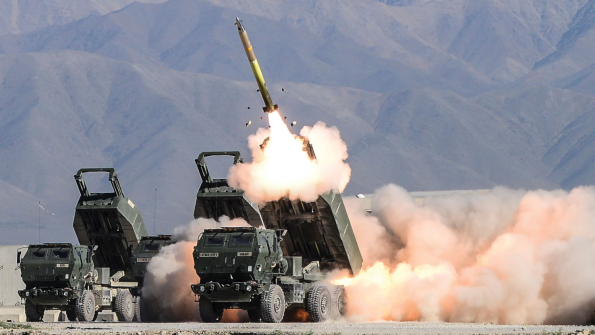
Lockheed Preps For GMLRS, PRSM Advances
Lockheed Martin will begin a series of flight tests next month on a new version of the Guided Multiple Launch Rocket System (GMLRS) with twice the range, a company executive said Oct. 13.

HALE UAS, Business Jets Join Army Vision For Airborne ISR
A U.S. Army RQ-4D Global Hawk flying at 65,000 ft. detects a communication signal from an enemy’s corps-level headquarters. The Global Hawk’s processor uses a geolocation technique to cue the onboard signals intelligence (sigint) receiver, and synthetic aperture radar payloads verify the target and location. The targeting data is then relayed over the horizon to an Army Precision Strike Missile battery, which fires a round hundreds of kilometers downrange.
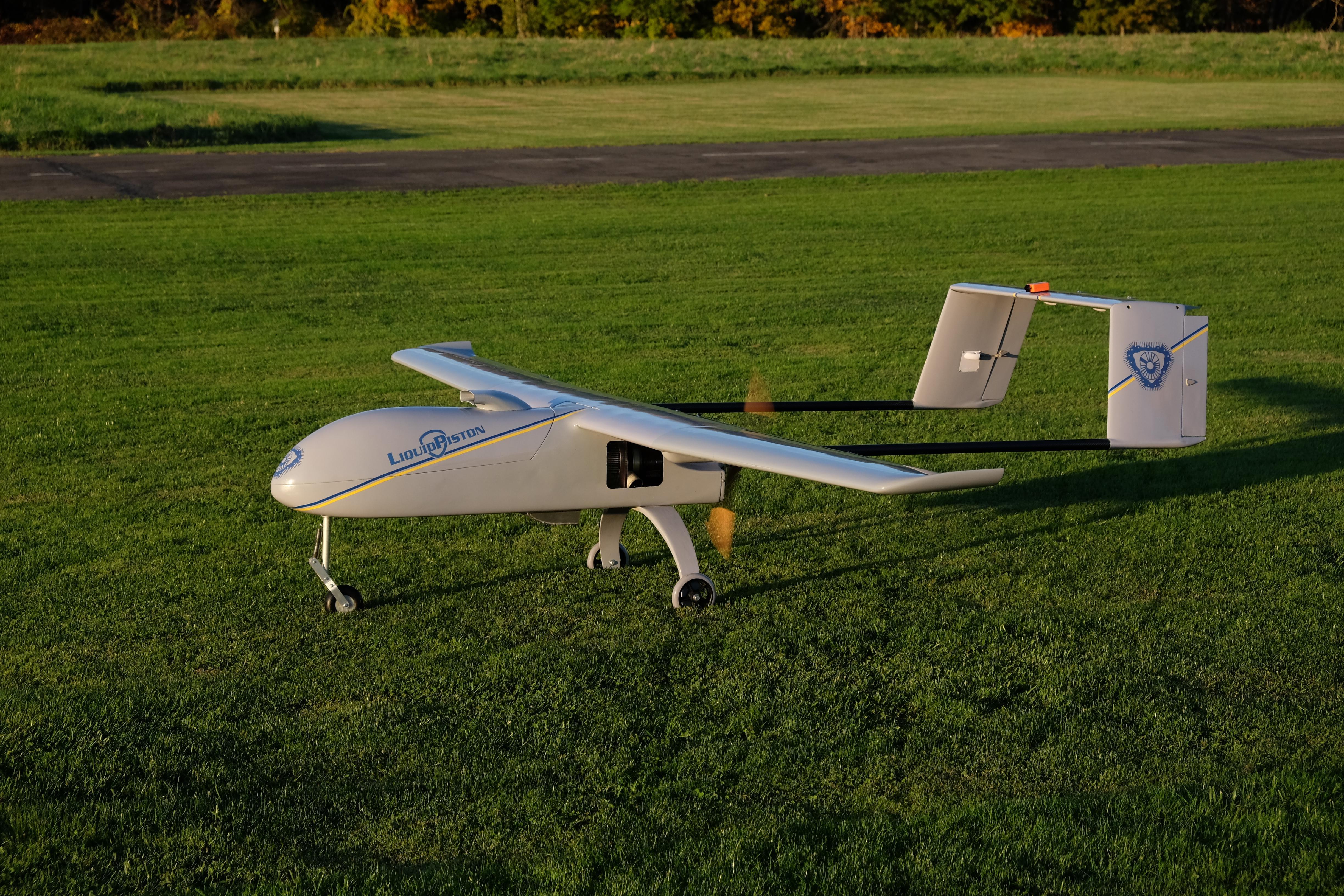
Army Funding Advances LiquidPiston’s Jet-Fuel Rotary Engine
Development of compact, efficient rotary internal-combustion engines able to run on jet fuel has been boosted by U.S. Army contracts to advance the technology for unmanned-aircraft propulsion and rotorcraft auxiliary-power applications. Startup LiquidPiston has received a small business innovation research contract to develop its X-Engine as a hybrid-electric propulsion system for unmanned aircraft. The company has also won a prize competition to develop a version of the X-Engine as an auxiliary power unit (APU). Both contracts are aimed at supporting the Army’s Future Vertical Lift (FVL) initiative.